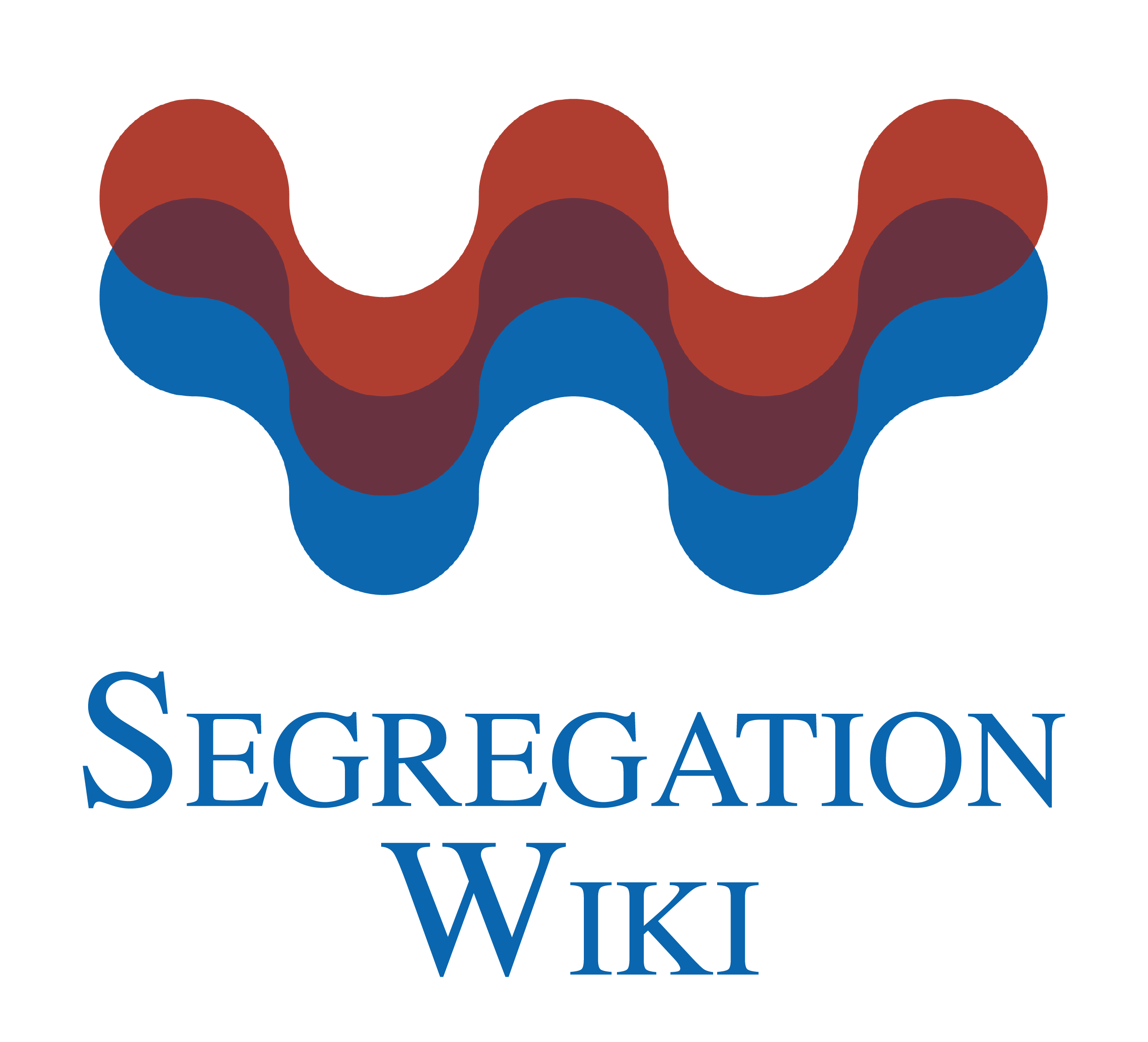Urban self segregation
Date and country of first publication[1][edit | edit source]
2014
United Kingdom
Definition[edit | edit source]
Urban self-segregation is the phenomenon wherein individuals or groups consciously or subconsciously choose to live in neighborhoods or communities primarily composed of people of their own race, ethnicity, social class, or other similar characteristics. This practice can lead to the creation of separate enclaves within cities where people with similar backgrounds or identities predominantly reside.
There are several reasons why urban self-segregation occurs. One of the primary factors is economic disparities and housing inequality. Higher-income individuals or families are more likely to live in neighborhoods with better amenities, schools, and infrastructure, leading to the concentration of wealth in certain areas. This economic segregation can result in racially or ethnically homogeneous neighborhoods, as historically marginalized groups tend to have lower incomes and face barriers to housing opportunities.
Other factors contributing to urban self-segregation include social and cultural preferences, perceived safety concerns, and the desire for familiarity and comfort in one's surroundings. People often feel more comfortable living among others who share similar backgrounds or experiences, which can lead to the formation of distinct ethnic or cultural enclaves within cities.
Urban self-segregation can have several implications for the affected communities and the broader society. It can reinforce existing social divisions and perpetuate inequalities, as resources and opportunities are concentrated in certain neighborhoods while others are neglected. This pattern can also limit social and cultural interaction, as individuals are less likely to engage and build relationships with people from different backgrounds. It can hinder social integration and contribute to the formation of separate ethnic or racial identities within cities.
Addressing urban self-segregation requires a multifaceted approach. Policymakers and urban planners must work toward promoting housing affordability and combating housing discrimination to ensure more equitable distribution of resources. Encouraging inclusive neighborhood designs, fostering diversity within schools, and facilitating opportunities for intergroup interaction can also help bridge gaps and promote social cohesion. Additionally, promoting dialogue and understanding among diverse communities and challenging stereotypes and biases are essential steps in combating urban self-segregation.
See also[edit | edit source]
Related segregation forms[edit | edit source]
Urban self segregation is frequently discussed in the literature with the following segregation forms:
This visualization is based on the study The Multidisciplinary Landscape of Segregation Research.
For the complete network of interrelated segregation forms, please refer to:
References[edit | edit source]
Notes[edit | edit source]
- ↑ Date and country of first publication as informed by the Scopus database (December 2023).
At its current state, this definition has been generated by a Large Language Model (LLM) so far without review by an independent researcher or a member of the curating team of segregation experts that keep the Segregation Wiki online. While we strive for accuracy, we cannot guarantee its reliability, completeness and timeliness. Please use this content with caution and verify information as needed. Also, feel free to improve on the definition as you see fit, including the use of references and other informational resources. We value your input in enhancing the quality and accuracy of the definitions of segregation forms collectively offered in the Segregation Wiki ©.
Urban self segregation appears in the following literature[edit | edit source]
Di Cristo Bertali N., Hickman J. (2014). Immigrant women's identity and integration: Liverpool, "the world in one city". International Journal of Interdisciplinary Civic and Political Studies, 8(3-4), 15-29. Common Ground Research Networks.https://doi.org/10.18848/2327-0071/cgp/v08i3-4/53132
